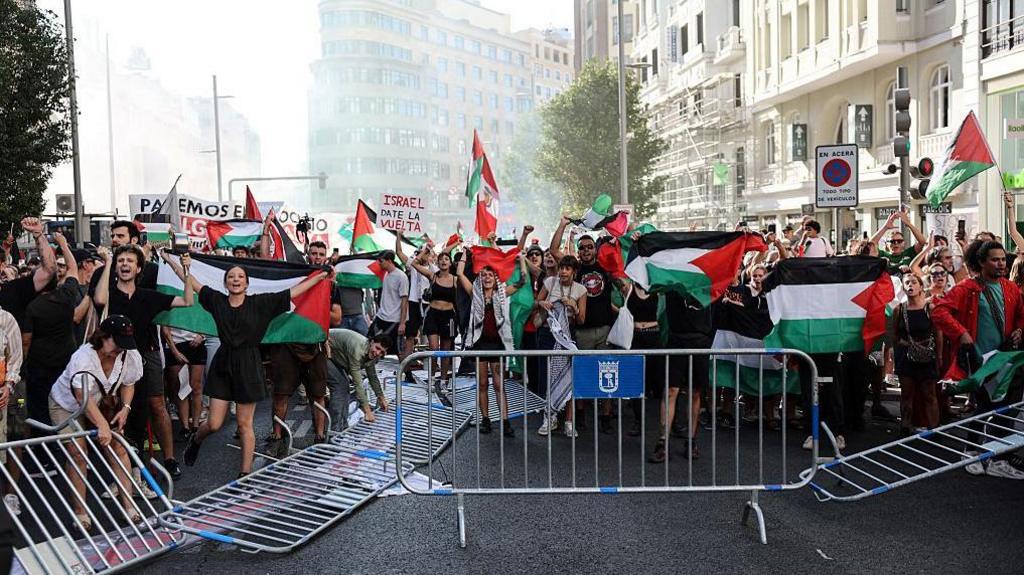Nepal has become the third country in India's immediate neighbourhood to see a violent uprising topple its government in recent years.
Prime Minister KP Sharma Oli resigned after more than 20 people died in clashes with police during anti-government demonstrations triggered by a social media ban.
A nationwide curfew is in place and the army is attempting to bring the situation under control after protesters stormed parliament and set fire to the homes of several politicians.
For many, the scenes in Kathmandu were reminiscent of the turmoil that gripped Bangladesh last year, and Sri Lanka in 2022.
Though Bangladesh and Sri Lanka are also India's close neighbours in South Asia, Delhi's relationship with Kathmandu is special because of historic ties. Nepal shares a largely open border of more than 1,750km (466 miles) with five Indian states; Uttarakhand, Uttar Pradesh, Sikkim, Bihar and West Bengal.
Indian Prime Minister Narendra Modi swiftly reacted to the unfolding events, expressing his anguish over the violence through a post on X.
Stressing that stability, peace and prosperity of Nepal are of utmost importance, he urged Nepalese to support peace and held an emergency security meeting to discuss the situation.
Much like the unexpected uprising in Sri Lanka in 2022, analysts say India was also caught off-guard by the developments in Nepal, especially with Oli's resignation occurring just a week prior to a planned visit to Delhi.
The instability in Nepal raises concerns for India due to the country’s strategic location bordering China, making it vital for India's geopolitical interests.
The unrest also has implications for the large Nepalese diaspora in India, estimated to be about 3.5 million people, with significant familial ties and cross-border interactions.
As calm returns to Kathmandu, India faces diplomatic challenges, grappling with existing tensions in its relationships with Nepal, Bangladesh, and Pakistan, amidst broader regional instability.
Experts warn that India must engage carefully with the new administration that emerges from these protests, especially considering the widespread anger towards the current political elites within Nepal.



















